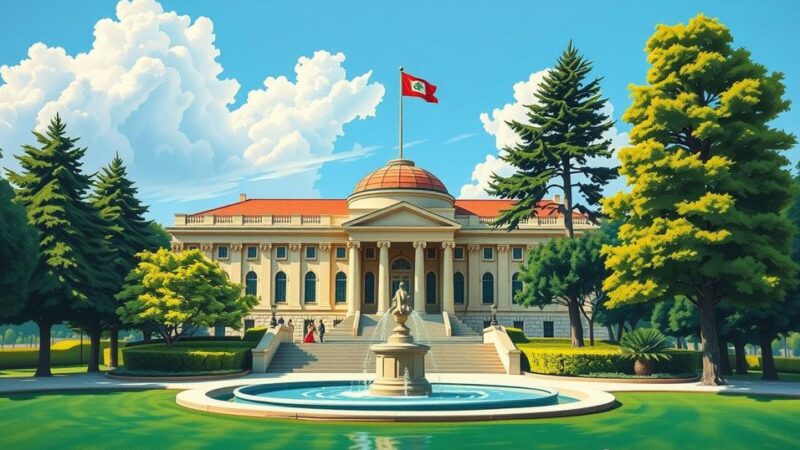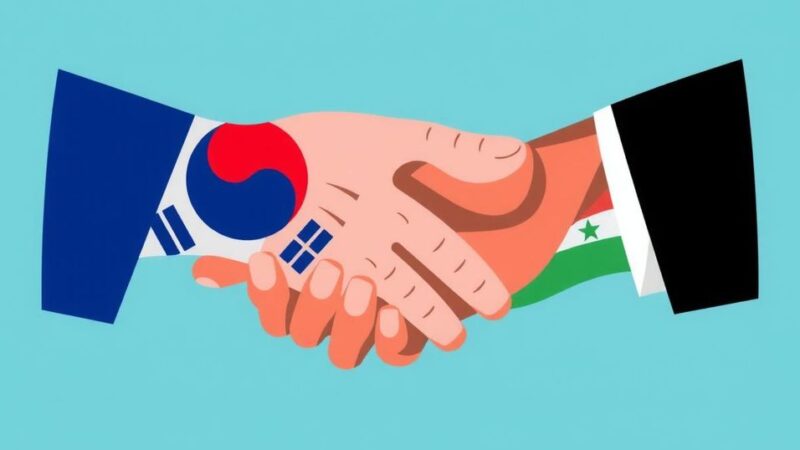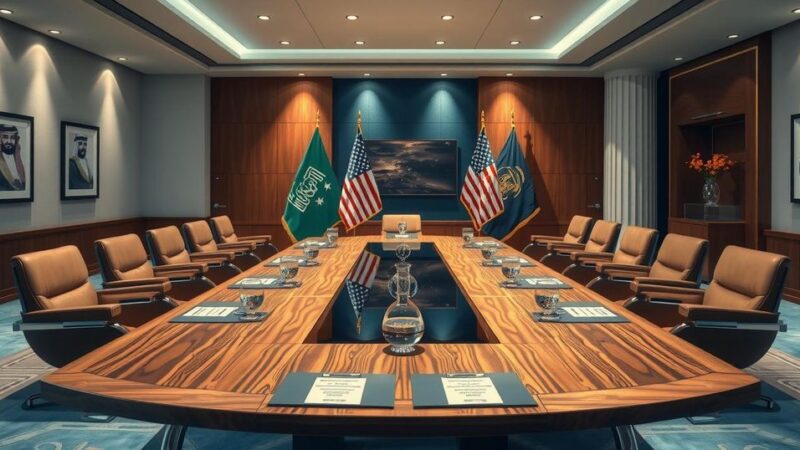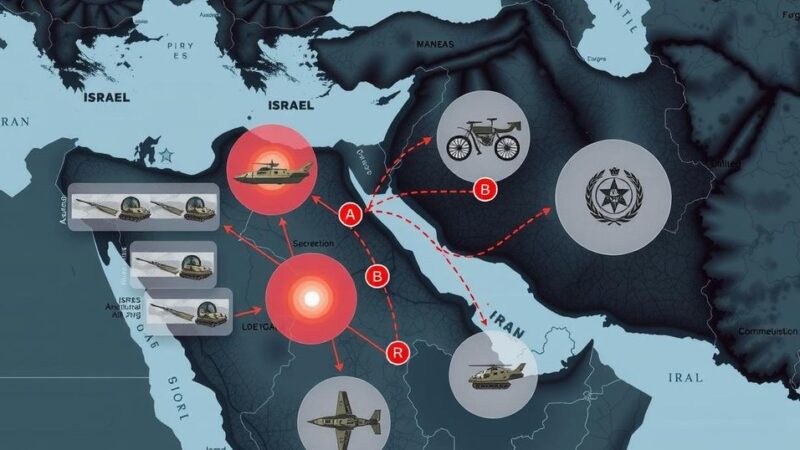Syria has experienced a surge in violence attributed to loyalists of former President Bashar al-Assad, but experts believe it does not herald a return to full-scale civil war. The new regime led by Ahmed al-Sharaa is faced with challenges, including economic recovery and managing sectarian sentiments. While external influences remain a concern, particularly from Iran, local dynamics suggest a cautious path toward stability is possible under careful governance.
Recent escalations in hostilities in Syria, attributed to loyalists of former President Bashar al-Assad, have raised alarms regarding a potential resurgence of sectarian violence. This surge is characterized by the uprising of armed Assad loyalists concentrated mainly along the western coast and in mountainous areas, mainly comprised of Alawites. This situation has been exacerbated by Iran’s possible interference, although the exact extent remains uncertain.
The violence, which has resulted in the deaths of hundreds, including numerous civilians, has prompted military responses from the new regime led by Ahmed al-Sharaa and the Ha’yat Tahrir al-Sham (HTS). The indiscriminate nature of this violence has caused significant civilian casualties, leading to reports of massacres, particularly against Alawites and Christians, although these claims are difficult to substantiate amidst misinformation.
Despite ongoing strife, indications suggest that a civil war of broader scope may not be imminent. Assad loyalists are deeply unpopular due to their regime’s history of human rights violations. However, al-Sharaa’s government must tread carefully to avoid alienating the populace. Compounding economic challenges and potential attempts to impose strict Islamic law could provoke further dissent against the new leadership.
Encouragingly, al-Sharaa appears to seek a path toward stability by requesting financial aid and sanctions relief from neighboring nations, indicating an awareness of the urgent need to improve Syria’s economy, which has suffered dramatically. His public commitments to respecting minority rights and refraining from imposing HTS’s ideology suggest a cautious approach to governance, although skepticism about the sincerity of these intentions persists.
Concerns about external involvement loom as Iranian influence could potentially exacerbate the situation. While Iranian meddling has been suggested, concrete evidence remains lacking. Regional powers such as Turkey and major Arab states are wary of the ascendance of Islamist factions in Syria but seem disinclined to engage in new proxy conflicts, focusing instead on their internal issues or the situation in Gaza.
Furthermore, the United States, while initially disinterested in military involvement, has facilitated negotiations between the Damascus authorities and the Kurdish-led Syrian Democratic Forces, marking a significant developing framework towards Syrian unity. Turkey’s vested interest in a cooperative Damascus government reflects its strategic goals, facilitating trade and countering perceived threats from Kurdish groups.
The recent uptick in violence in Syria has prompted concerns of renewed sectarian conflict, yet analysts suggest that a full-scale civil war is not currently on the horizon. A complex interplay of local dynamics and international interests shapes the situation, where careful governance by the new regime under Ahmed al-Sharaa could mitigate existing tensions. Continued regional and external engagements may play pivotal roles in stabilizing the nation as it navigates significant economic recovery challenges.
Original Source: www.cfr.org






